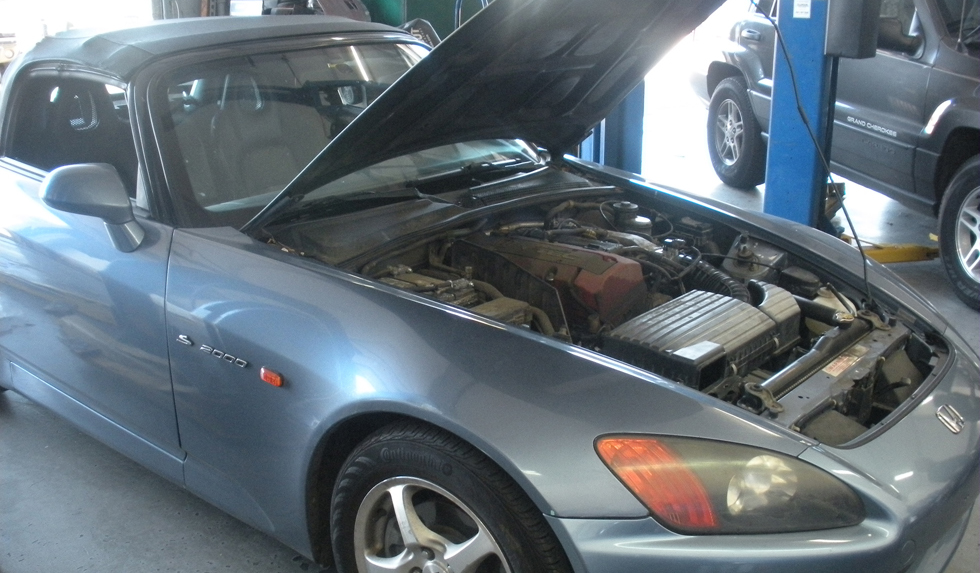Auto Maintenance & Tips
Fuel Saving Tips.
Check your tire air pressure. Fully inflated tires roll easier and require less energy from your motor.
Remove excess weight from your vehicle.
Wash your car. A clean and waxed car slips through the air easier reducing wind drag.
Drive with the windows up for the same reasons.
Change your oil and other lubricating fluids. Friction robs power.
Replace fuel filters and air filters. Restricting fuel or air procuces less energy. Less energy works your motor harder to perform the same job and in turn uses more fuel.
How to make your CAR LAST! taken from the Automobile Club of Southern California.
First, have the salesman explain all the vehicle’s features and controls when you take delivery since some vehicles have complicated features. Read the manufacturers recommendations for the “break-in” period before driving off the lot. Drive gently during the first 500 miles or so and vary your speed so the engine and transmission have a chance to break in properly, save “warp speed” for later. Don’t delay that first oil change & service during break in, it is often free and it eliminates the bits of grit and metal present in new engines and certain adjustments are often made to get everything off to a good start.
Vehicle Maintenance - “Pay a little now and save a lot later”. Read and follow the manufacturer maintenance schedule (in your Owner’s Manual) for your vehicle and remember many vehicles in Southern California fall into the “severe service” category. Keep a maintenance folder for your vehicle with all its records and free or reduced price service offers. Oil and filter changes are important to keep everything running smoothly and can extend the life of your engine. Use the recommended grade of oil for long life and fuel economy. The periodic services listed in the Owner’s Manual include the service, adjustment or replacement of parts, fluids and other filters in the engine, transmission, electrical system, brakes, and cooling system.
Vehicle owner checks and recommendation; at least once a month check all of your fluid levels and especially your tire pressures. Keeping your tires properly aligned, inflated and rotated will lead to extended tire life and improve your safety. Under inflated tires run hot which can affect handling, lead to tire failure, and cost you fuel economy. Every few weeks throughout the year run both your heater and air conditioner (for a short time at least) to keep the seals lubricated and everything working freely.
Be a “smooth operator” and avoid jack rabbit starts and screeching halts because both place additional strain on your vehicle. This also helps with fuel economy. For manual transmission drivers never rest your foot on the clutch pedal or your shift hand on the shift lever, since this can accelerate wear. Learn to shift at the right engine speeds for smooth shifts and efficient engine operation and avoid lugging the engine by shifting at too low a speed since this places a lot of strain on the drive train.
Keep your vehicle clean inside and out to extend the life of the paint and interior surfaces. Regular washing, vacuuming and waxing goes a long way to removing dirt that damages paint and wears out the interior. If your car looks good you will enjoy driving it longer and preserve its resale value.
Finally, parking your car inside your garage when you are not driving it will go a long way to protecting it from the sun and weather which dry out, fade or crack your the paint and interior .Your car will also be protected from kids running into it, vandalism, and animals “anointing” your vehicles tires or paint. What better way to protect against car theft that keeping your car in a locked garage? By parking in the same spot each time you can see any small leaks that may indicate a problem. Some insurance companies like the Auto Club offer reduced insurance rates for a garaged vehicle.

